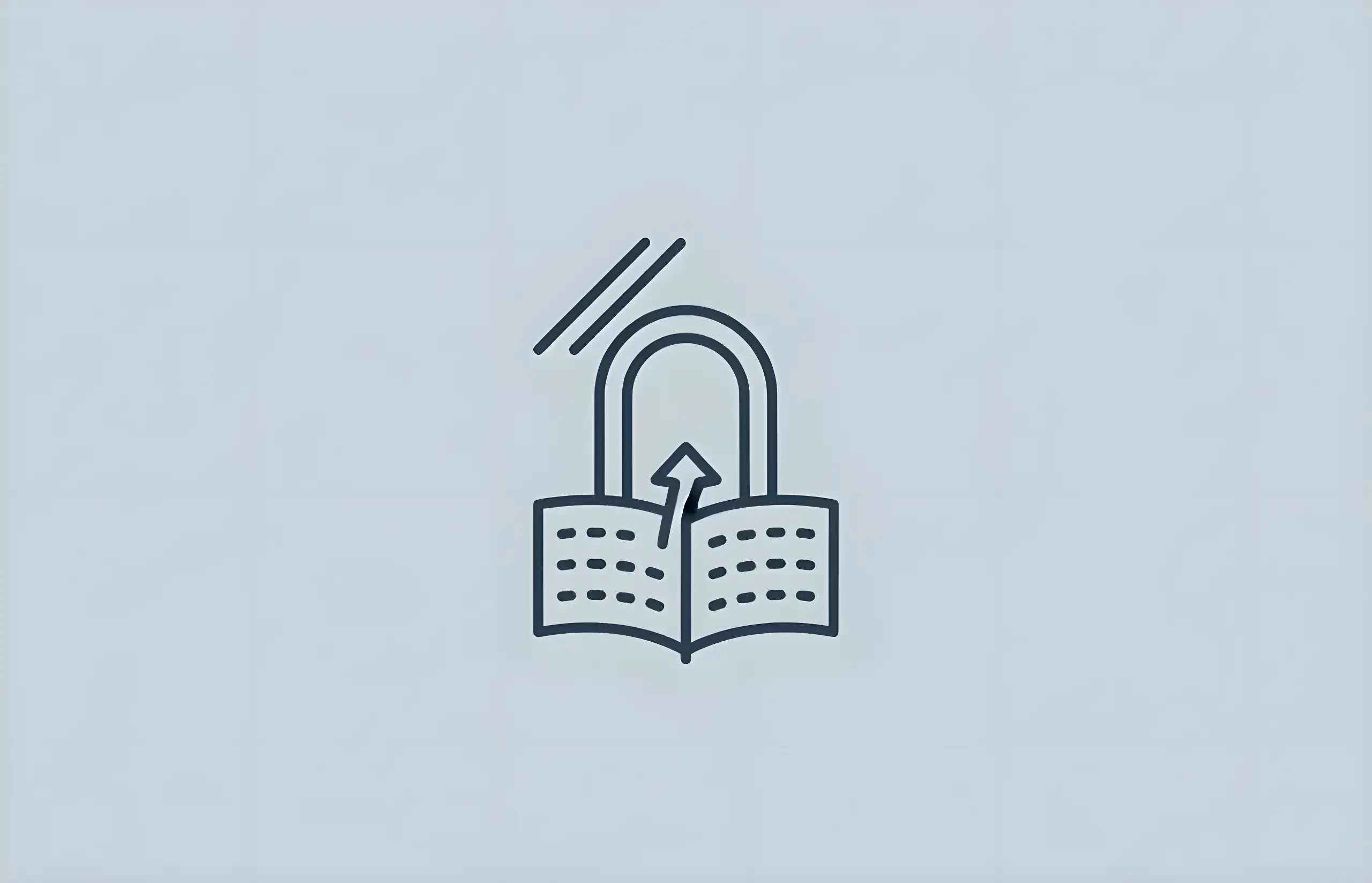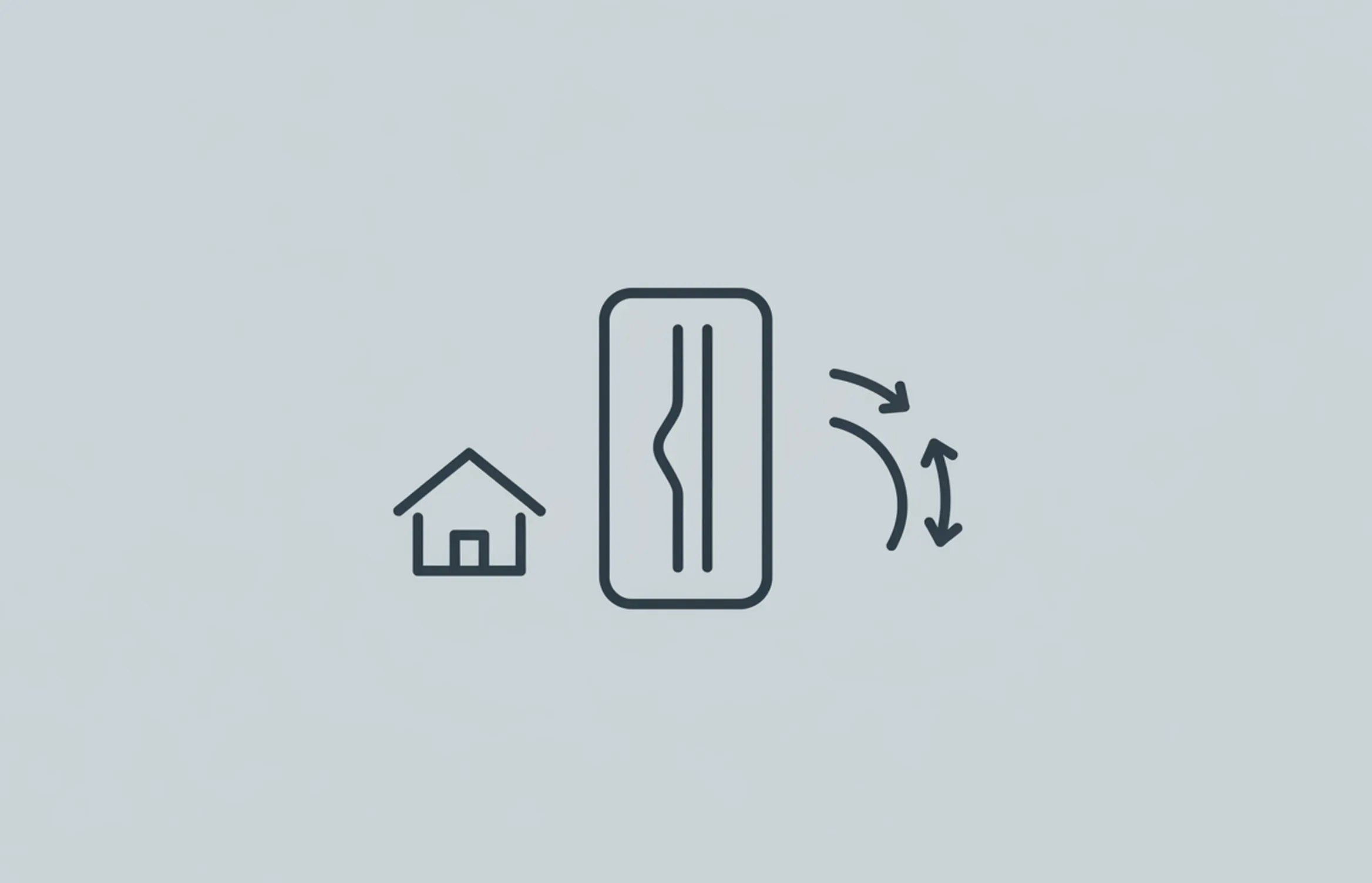Crooked or misaligned teeth are a common concern in the dental world, reflected in the diverse range of orthodontic treatments available to improve the alignment of your smile. While traditional orthodontic treatments remain popular, our gradual shift to online healthcare has produced some innovation in the dental industry, allowing people to undertake some procedures without an in-person visit to a dental clinic. Teeth whitening has been a popular at-home treatment for some time, but can you straighten your teeth at home?
Teeth Straightening Options
There have been many different teeth straightening options over the years, but modern orthodontics typically involve some of the following treatments:
Metal braces – The more traditional and generally the most affordable option. Metal braces tend to be more commonly used for children. However, many adults also opt for metal braces due to their affordability and effectiveness. Technology has vastly improved the framework of metal braces in recent years, meaning they tend to be far more subtle than previously.
Veneers – Depending on the severity of your misaligned teeth, veneers may be a viable alternative to braces or aligners. While they cannot change the layout of your teeth, they can be used to conceal gaps and other flaws in your smile and improve the overall appearance.
Clear aligners – These are fast becoming the preferred option for adults and older teenagers when it comes to correcting misaligned teeth. They are custom made from clear plastic, making it hard to see they are being worn, and are replaced every few weeks. The aligners gradually move your teeth closer to the desired positioning over a few months. They can be used in most cases, but are not a suitable treatment for severe misalignment issues.
At Home v Orthodontist
In an ideal world, all teeth straightening treatments would be fully overseen by your orthodontist. They can ensure your oral health is high enough to benefit fully from the treatment. They can oversee each stage and ensure things are progressing as hoped, advise on any concerns you may have, and it will generally provide the best possible result. Also, they can provide a broader range of treatment options. While clear aligners can be used from home, metal braces and veneers must be fitted by your dentist.
However, if you are a suitable candidate for teeth straightening at home, there are many benefits to using one of the clear aligners systems available. There's the obvious convenience aspect of the treatment, as the impression kit and aligners are delivered to you at home, and you can avoid making an appointment. The mail-order aligner treatments are generally a lot more affordable than in-person orthodontic treatment, which is a huge advantage for some people.
It's advised that if you decide to go for one of the at-home clear aligner services, that you have a checkup with your dentist to address any concerns they may have ahead of treatment.
Can You Straighten Your Teeth At Home?
The advances in dental technology mean that you can straighten your teeth at home, though the use of clear aligners. The majority of services available use the same system to generate your treatment plan.
Initially, an impression kit will be sent out to you to take an impression of your teeth. This will let the team assess your current smile, and the software will generate your treatment plan.
Custom made retainers will be 3D printed for your teeth and mailed back out to your home. Each aligner is typically worn for 2-3 weeks, so it can gradually realign your smile. When you have finished with one aligner, you move on to the next one to further adjust your teeth.
Most providers will provide you with two options for your aligners. All-day aligners are typically worn for around 22 hours a day and are only removed when you are eating, drinking, or cleaning your teeth. This treatment plan is the faster of the two options, typically taking around 3-4 months to complete, and due to the shorter time frame, it is generally the cheaper option.
Nighttime aligners are, as the name suggests, only worn at night for around 10 hours. This can be a more convenient option for many people, as it removes the need to take out your aligners several times a day to eat and drink. The downside is that the treatment time is longer, often 8-10 months, and the additional retainers can make things a little more expensive. The best option for you is ultimately down to personal preference, as both are highly effective.
How To Straighten Your Teeth At Home
At-home teeth straightening is now possible through direct-to-consumer clear aligner services. These providers offer similar treatment options and follow a standard process for delivering orthodontic care remotely.
The typical at-home teeth straightening process involves receiving an impression kit by mail, creating moulds of your teeth at home, and sending them back to the company. Their team then assesses your teeth and uses software to generate a custom treatment plan. 3D-printed aligners are manufactured specifically for your teeth and mailed to your home.
Treatment duration varies depending on the type of aligners chosen. All-day aligners offer faster results (3-4 months) but require wearing them 22 hours daily. Nighttime aligners provide more convenience, worn only during sleep (10 hours), but extend treatment to 8-10 months.
It's important to note that while many people achieve satisfactory results with at-home aligners, these treatments work best for mild to moderate alignment issues. Complex cases involving severe malocclusion, significant bite problems, or the need for tooth extraction should be evaluated and treated by a qualified orthodontist in person.
Before beginning any at-home teeth straightening treatment, consult with your dentist to ensure you're a suitable candidate and to identify any potential oral health issues that should be addressed first.
Sources and References
-
[1]
Efficacy of clear aligners in controlling orthodontic tooth movement: A systematic reviewThe Angle Orthodontisthttps://pmc.ncbi.nlm.nih.gov/articles/PMC8610387/
-
[2]
Direct-to-Consumer Orthodontics: Surveying the User ExperienceJournal of the American Dental Associationhttps://pmc.ncbi.nlm.nih.gov/articles/PMC7391059/
-
[3]
Effectiveness of clear aligner therapy for orthodontic treatment: A systematic reviewOrthodontics and Craniofacial Researchhttps://pubmed.ncbi.nlm.nih.gov/31651082/
-
[4]
Adverse Events Related to Direct-To-Consumer Sequential Aligners—A Study of the MAUDE DatabaseDentistry Journalhttps://pmc.ncbi.nlm.nih.gov/articles/PMC10378056/
All sources accessed and verified on . Medical information reviewed for accuracy and compliance with current guidelines.
Related Articles

A Guide to Adult Orthodontics
Comprehensive information about orthodontic treatment for adults, including treatment options, costs, and what to expect

A Guide to Dental Lumineers
Comprehensive information about Lumineers ultra-thin veneers, including the fitting process, benefits, longevity, and how they differ from traditional veneers

Teeth Straightening – Costs & Information
Comprehensive guide to teeth straightening options including braces, aligners, and surgery with detailed cost information and treatment comparisons

What Is Hyperdontia?
Understanding supernumerary teeth including causes, associated conditions, complications like overcrowding and impaction, and treatment options
About The Dental Guide
The Dental Guide is a trusted online resource providing evidence-based information about dental health, treatments, and procedures. Our content is created and reviewed by qualified dental professionals to help you make informed decisions about your oral health.
Our Mission
- Evidence-based dental information
- Expert-reviewed content
- Clear, accessible explanations
- Latest treatment options
- Patient-focused guidance
Editorial Standards
- GDC-registered dental professionals
- Peer-reviewed sources
- Regular content updates
- Medical accuracy verification
- Transparent authorship
Important Notice
The information on The Dental Guide is for educational purposes only and should not replace professional dental advice. Always consult with a qualified dentist for diagnosis and treatment recommendations tailored to your individual needs and circumstances.
Medically Reviewed
Reviewed by Dr. Nasim Mechoui , BDS (Bristol)
Share this article
Comments & Discussion
Have questions about dental implants? Share your thoughts or experiences.
